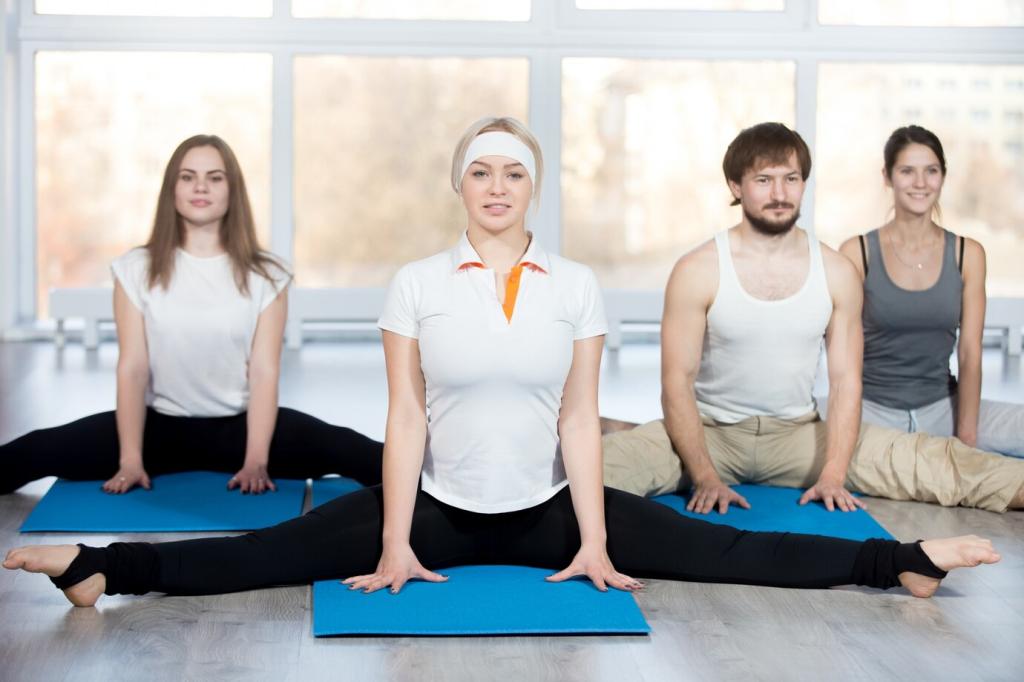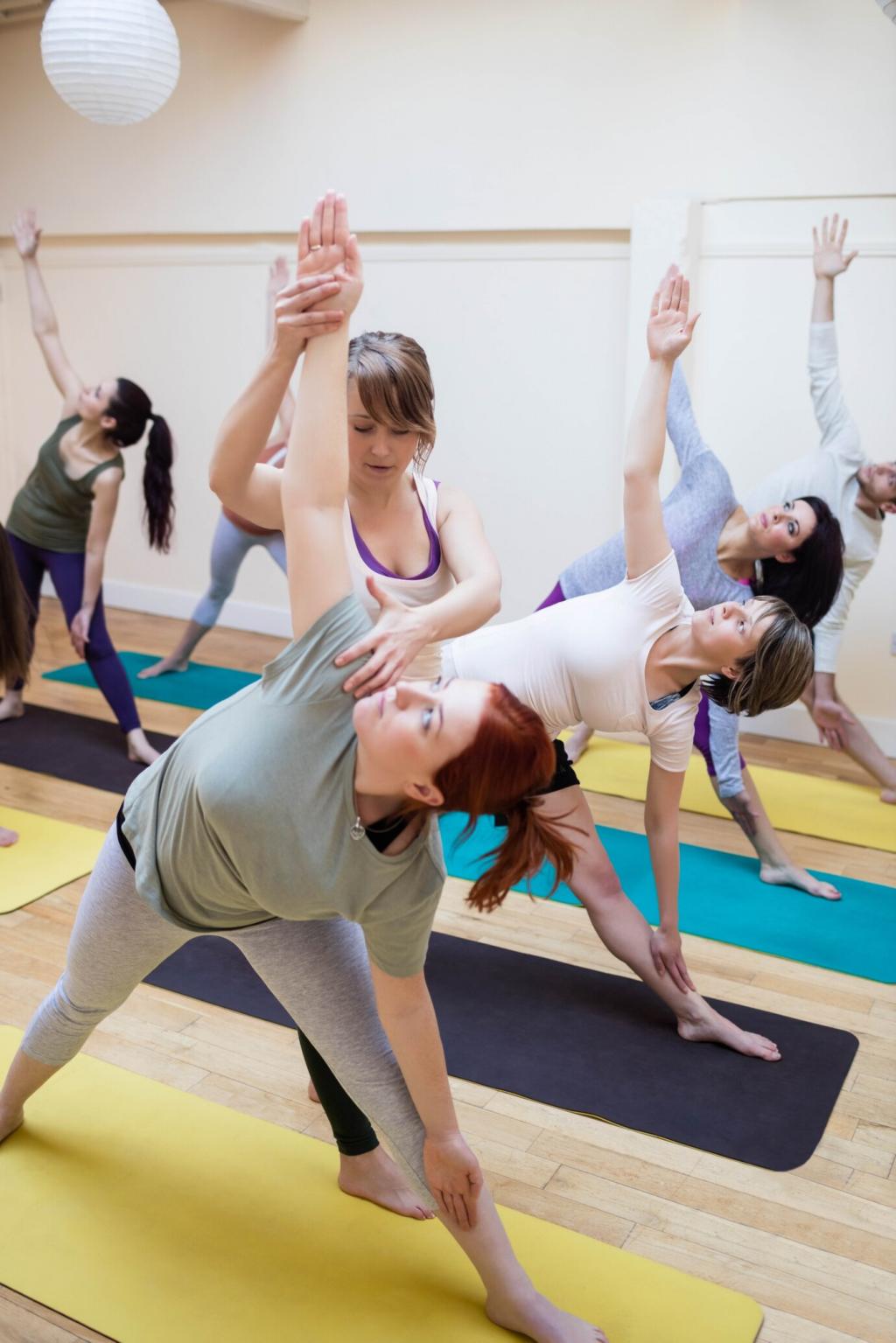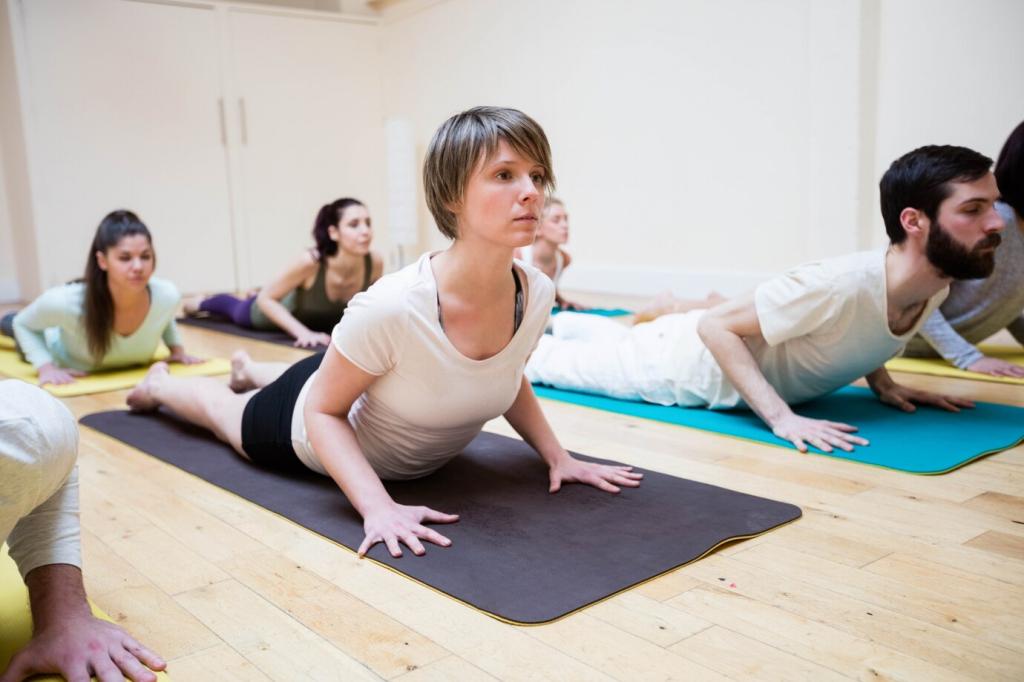The Benefits of Adding Yoga to Fitness Regimens
Welcome! Today’s chosen theme is The Benefits of Adding Yoga to Fitness Regimens. Discover how breath, mobility, balance, and mindful recovery can elevate strength training, cardio, and everyday movement. Read on, share your questions, and subscribe for weekly yoga-meets-fitness inspiration.

Why Yoga Magnifies Every Workout
Tight hips limit squats, stiff ankles blunt running strides, and bound shoulders cap pressing power. Yoga lengthens tissues while training active control at new ranges, so your muscles can produce force through fuller motion and your joints feel stable, strong, and ready.
Why Yoga Magnifies Every Workout
Pranayama teaches diaphragmatic breathing that steadies heart rate and sharpens focus during hard sets or fast intervals. When breath leads movement, effort becomes smoother, recovery between sets improves, and you learn to stay calm exactly when intensity climbs.
Science-Backed Advantages You Can Feel
Flexibility and Range of Motion
Consistent stretching and isometric holds improve muscle extensibility and joint range. More range means safer depth in squats, easier overhead positions, and smoother running strides. It is not just about touching your toes; it is about moving well under load.
Balance and Functional Strength
Single-leg and asymmetrical postures build proprioception and stabilize small, overlooked muscles. That balance carries into trail runs, Olympic lifts, and change-of-direction drills. When stabilizers wake up, big movers perform with more confidence and less wobble.
Cardio and Respiratory Efficiency
Breath-focused flows can gently raise heart rate while improving breathing mechanics. Over time, you may notice steadier pacing, cleaner exhales under strain, and better control during high-intensity intervals. Efficient breath means efficient output when it counts.
How to Add Yoga to Your Weekly Plan

Ten-Minute Micro-Sessions That Stick
Slot short routines before breakfast, after lunch, or as a screen-time break. Think three poses, two rounds, slow breathing. Small, repeatable wins compound fast. Tell us your current schedule in the comments, and we will suggest a micro-plan that fits.

Active Recovery Flow for Rest Days
On lighter days, choose gentle hip openers, spinal twists, and calf stretches paired with long exhales. Keep the intensity low and the breath smooth. Subscribe for our weekly printable flow so your recovery day actually restores you, not just fills the calendar.

Smart Warm-Ups and Cool-Downs
Use dynamic sun salutations to prime joints before lifting or running, then finish with slower holds to release tension. This bookend approach protects form and preserves gains. Share your favorite pre-workout flow and inspire another reader’s routine today.
Hip Openers for Runners and Cyclists
Low Lunge and Pigeon target hip flexors and glutes that tighten from miles and saddle time. Add gentle engagement as you breathe. Over weeks, your stride feels freer, knee tracking improves, and post-ride stiffness eases without sacrificing power.
Shoulder Mobility for Lifters and Swimmers
Puppy Pose and Thread the Needle open the thoracic spine and lats, creating space overhead. Pair them with scapular retractions to build control. Expect cleaner bar paths, less impingement, and more confident catches on pressing or snatches.
Core Stability for Everyone
Boat Pose variations and Side Plank integrate breath, ribs, and pelvis. This is not about endless crunches; it is about organized tension. With better core control, you transfer force more efficiently and protect your lower back under fatigue.

Real Stories from Real Training
After adding fifteen minutes of hip mobility and breathwork three nights a week, Maya cut ankle soreness and negative-split her half marathon. She credits slow exhales at mile ten for keeping her calm when hills tried to steal her pace.
Mindset, Habit, and Motivation
Set Intentions, Not Just Reps
Before practice, choose a one-sentence focus like “Breathe steadily under effort.” This anchors attention and reduces noise. Comment with your intention for the week, and check back Friday to share how it influenced your training mood and outcomes.
Track Progress You Can Feel
Keep notes on sleep quality, soreness, breath ease, and mood after sessions. These signals matter as much as numbers on a bar. Subscribe for our simple tracking template and start noticing how small adjustments create outsized benefits quickly.
Community Keeps You Consistent
Share your two favorite poses in the thread and tag a training partner. Accountability turns good plans into lived routines. We will feature reader routines in our next post, so add yours and inspire someone taking their first step.
Safety, Accessibility, and Smart Progression
Props Make Practice Personal
Blocks, straps, and cushions bring the floor to you, not the other way around. Using support is not cheating; it is smart scaling. Start comfortable, then gradually reduce assistance as range, control, and confidence build together.
Pain Versus Sensation
Seek steady stretch and muscular effort, not pinching or nerve zing. If breath becomes choppy, back off. Your body’s feedback is data, not drama. Respect it, adjust, and you will stay on the path long enough to see real change.
Progress Without Burnout
Increase time-in-pose or complexity slowly, especially during heavy training blocks. Align your hardest lifts with gentler yoga days. Comment with your current cycle, and we will suggest a progression that supports gains while preserving energy.
